Color plays a crucial role in marketing, influencing consumer behavior and perception. Choosing the right colors for marketing materials can greatly impact brand recognition, customer engagement, and overall success. Research has shown that certain colors are more effective in evoking emotions and creating a desired response. In this article, we will explore the best colors for marketing and how they can be utilized to enhance your marketing efforts.
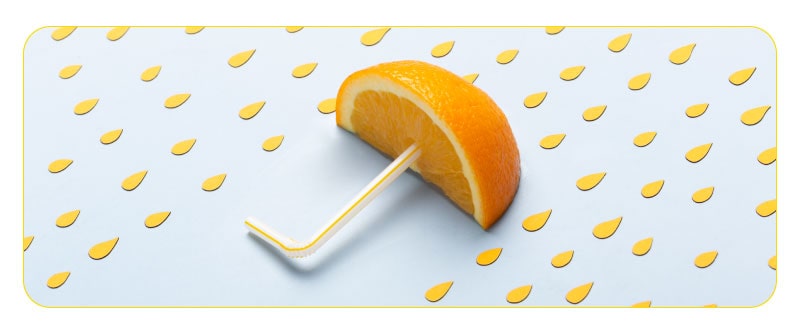
The Psychology of Color in Marketing
Colors are more than just a visual element; they can elicit emotions and influence human behavior. Understanding the psychology of color is essential in creating an effective marketing campaign.
Color is a form of non-verbal communication that can be used to communicate a message or evoke a certain emotion. For example, warm colors like red, orange, and yellow are often associated with feelings of energy and excitement, while cool colors like blue, green, and purple are associated with feelings of calmness and relaxation.
Moreover, colors have different meanings and symbolisms across cultures and contexts. For instance, the color red may symbolize passion and love in one culture, while it may represent danger or warning in another. Similarly, the color white may represent purity and innocence in some cultures, while in others, it may signify mourning and sadness.
By understanding the psychology of color, marketers can use it to their advantage by selecting the right color scheme that aligns with their brand’s message and goals.
The color intuition
Scientific research has confirmed that colors impact our judgment on a subconscious level. In fact, many of them physically alter our bodies. For instance, the color red can increase your blood pressure. The effect of some colors on our behavior is so deeply rooted in our brains that it goes back to when we were primitive humans. As we observed the world around us, we associated colors with different feelings, emotions, and signs to help us live better and safer.
Modern human beings have inherited those feelings, in addition to many other cultural upbringings and social clichés that impact the messages that colors convey. Nowadays, colors may correlate to specific genders, meanings, and notions that might not have been so a century ago. We cannot overestimate the importance of color. Research by CCI has revealed that in just 90 seconds after the initial viewing, people subconsciously make a judgment of what they see.
Between 62% to 90% of this judgment is based on color alone. As the renowned psychiatrist Carl Jung says, “Color is the mother tongue of the subconscious”.
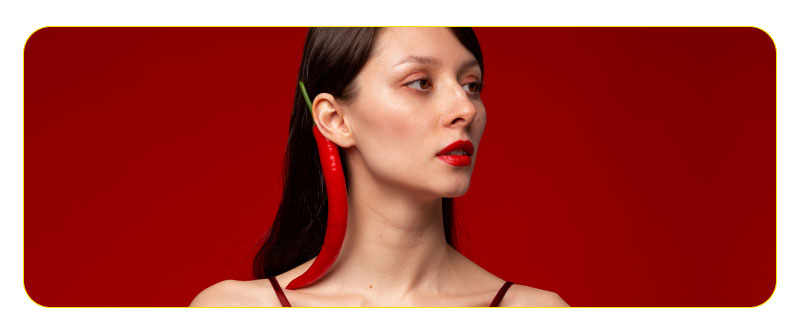
A colorful dilemma
Color can help companies define their image better than any other textual or visual element. It’s a strong thread that ties different brand assets together and establishes harmony between branding, marketing, and packaging.
Have you ever noticed how certain colors just seem to fit certain brands like a glove? From the vibrant red of Coca-Cola to the calming green of Starbucks, good marketing colors play a pivotal role in creating a brand’s visual identity. Choosing the right hues can evoke emotions, set the tone, and even influence consumer behavior. So, whether you’re rebranding or just starting out, selecting the perfect palette can make all the difference in capturing your audience’s attention and leaving a lasting impression.
Choosing the right color combination is a delicate matter. Colors have meanings, but these meanings are not absolute. As something so impactful and influential, colors play a huge role in our personal experiences. They may remind us of good (or bad) childhood memories, life-changing events, or our loved (and hated) ones.
In other words, there could be a different color preference for each of the eight billion people that live on earth. So how could brands appeal to their audience with the “correct” choice of colors when everyone interprets them differently?
The short answer is “there’s no definite way”. There are no clear-cut rules for choosing colors because people’s perception of them relies heavily on personal and cultural factors.

So what’s the point then?
Don’t worry. It’s not all doom and gloom. Perception of colors is not universal, but that doesn’t mean it’s totally random. As we mentioned earlier, many colors have common meanings and affect almost everyone in the same way. That’s what color psychology tries to delve into; Into how hues can determine human behavior.
In the marketing area, color psychology studies how colors can define the impressions of brands and evoke customers to do desired actions like making a purchase or reading an article. While personal and cultural contexts matter, research has shown that common color associations do exist and affect most people’s perceptions.
Don’t fall into the trap of broad and definite statements about how colors represent specific feelings and attributes though. Context matters a lot. Remember that color psychology is NOT an exact science. You’ll find plenty of cases that contradict the “guidelines” for color choice, but still are successful.
You need to think about the core message of your brand thoroughly. What emotions do you want to evoke in your audience? What is your brand’s personality, and what is the most appropriate color to represent it?
Fifty shades of appropriateness
When thinking about picking a color (or a color combination) for marketing, whether people deem it appropriate for what you’re selling is much more important than the color itself.
Consider the brand Monster Energy for an example. The American energy drink company sports a grotesquely-designed “M” letter in green as its logo. Green is commonly associated with nature and calmness. But the company is famously active in sponsoring extreme and exotics sports. Their products also don’t necessarily resemble calmness. Yet the green color which exists throughout their branding assets fits perfectly.
The color you choose may align with a specific characteristic, but what’s more important is that it must support the personality of your brand and give you a unique and memorable look. Research done by the Radiological Society of North America (RSNA) has shown that the human brain strongly reacts to powerful brands. In other words, your brain may have determined to purchase a product even before you take it into consideration. Color plays a big role in that.
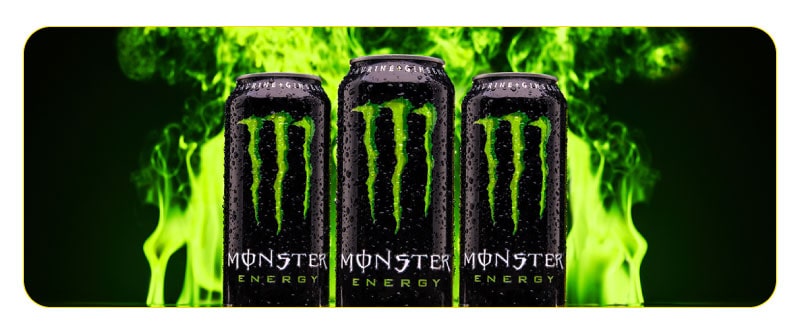
The Best Colors for Marketing
The association of certain colors with specific traits is something we cannot ignore. Whether it goes back to how our brains have evolved or pop culture’s influence, here in 2024, colors have specific meanings. Having sufficient knowledge of this matter will help you in picking combinations from the color wheel.
We have to stress again that while effective, these notions are not to be taken as gospel. What has worked for a specific brand in a certain case may not work for you. You need to experiment with different colors and use extensive testing to find the best palette for your branding. You can also read about Best Practices For Writing An Effective Ads.
Color is an essential element in any marketing strategy, and choosing the right colors can significantly impact your campaign’s success. Here are some of the most effective colors for marketing:
Red
Commonly associated with arousal and a sense of passion and danger. Seeing the color red actually boosts your body’s metabolism and can increase your appetite. That’s why almost every big fast-food chain and restaurant uses this color in its logo and aesthetics (hello, McDonald’s). It also resembles speed; That’s why car manufacturers frequently use this color in their lines of fast supercars.

Green
When thinking about green, the first thing that comes to mind is nature and vegetation. Watching green environments has a relaxing effect. It’s associated with freshness and being natural. Many companies that offer organic or eco-friendly products utilize this color in their branding. A good example is the Whole Foods supermarket chain which is famous for its selection of organic products.

Blue
Blue is widely popular between tech companies and banks because it symbolizes intelligence, trust, and security. It is the most popular color among consumers both male and female. It has a strong calming effect; Just think about clear skies and vast oceans, and you’ll understand why.

Yellow
Yellow is mostly favored by children since it’s associated with sunshine and happiness. The perfect example would be the classic smiley face ideogram that every person on the planet has arguably seen at least once. Yellow shows optimism and friendliness, but could also mean caution. That’s why many road signs have yellow backgrounds.
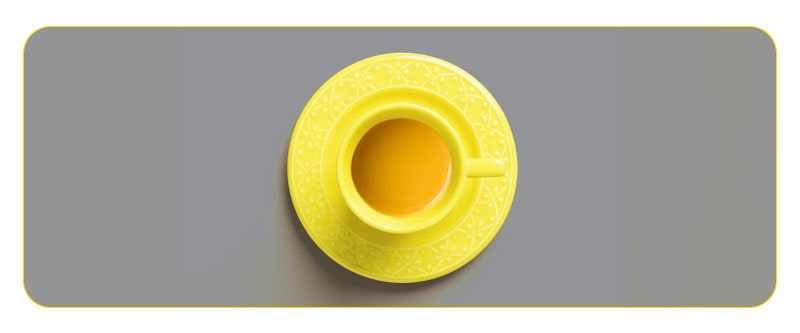
Orange
Cheerfulness and enthusiasm are the main signals that the color orange sends. Orange is often interpreted as being cheap. While this could be considered a negative attribute, many supermarket chains use it to show the affordability of products.
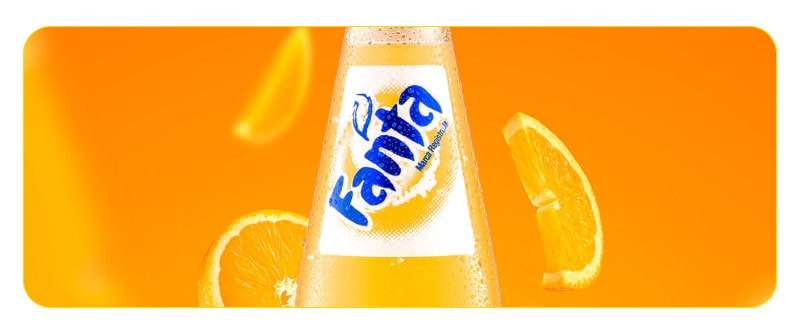
White
White equals clean. It’s mainly considered modern and pure, and it’s a great way to add clarity and contrast. White is usually accompanied by another color since it lacks a definitive personality. Over usage or poor execution of white could result in boring and lazy looks.
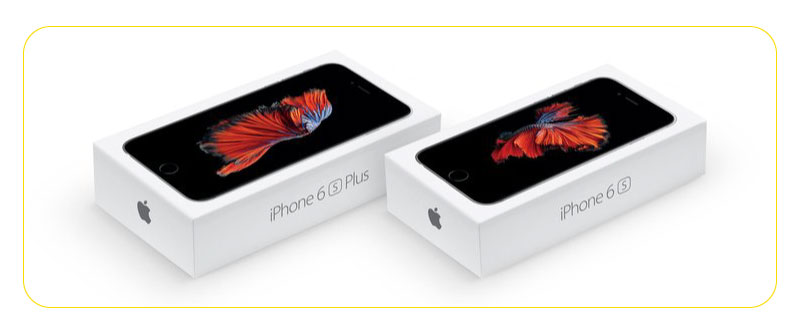
Black
One of the hardest colors to execute is black since it’s a real double-edged sword. Most people associate black with misery, evil, and death, but at the same time, this color strongly symbolizes sophistication and luxury. That’s why high-end and sleek products are mainly black. Also, black clothes can boost people’s confidence.

Purple
The color of royalty, magic, and creativity. Purple is pretty popular in the beauty industry and is mainly used in anti-aging products. As the result of mixing red and blue, purple has powerful attributes and represents power and authority.
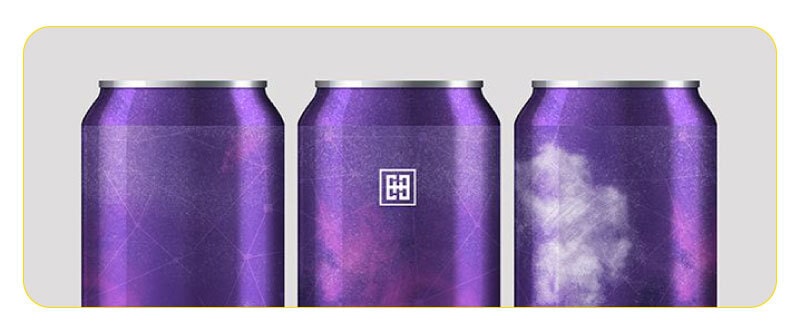
Pink
Pink is arguably the most feminine color in the world. It resembles happiness and positivity. Because of its strong association with femininity and softness, it’s generally used to target female audiences.
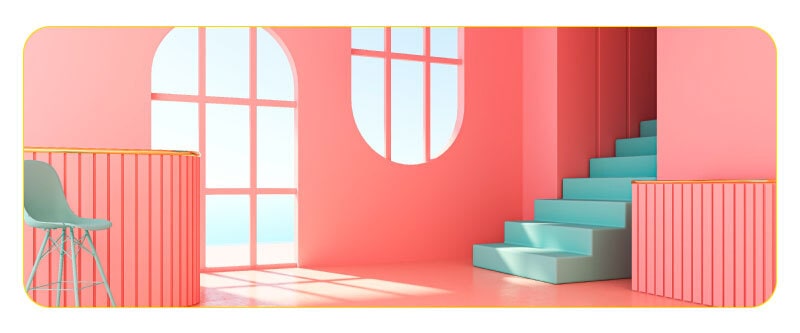
Overall, the best colors for marketing depend on the product or service being promoted, the target audience, and the marketing goals. By understanding the psychology of color and the meanings associated with different colors, you can make informed decisions about which colors to use in your marketing campaigns.
How to Choose the Best Colors for Marketing
Color plays a critical role in the success of marketing campaigns. Selecting the right colors can capture attention, evoke emotions, and improve brand recognition. Here are some factors to consider when choosing the best colors for your marketing:
- Target audience: Understanding your target audience is key to selecting the right colors. Different colors can have different meanings and evoke different emotions across cultures and age groups.
- Brand identity: The colors you choose should reflect your brand’s personality and values. Consistency in color choices across all marketing materials helps create a strong brand identity.
- Color schemes: Selecting complementary colors that work well together is crucial for effective marketing. Color schemes like monochromatic, analogous, and complementary can create a harmonious look.
- Contrast: High contrast colors can help grab attention and create visual interest. Make sure your color choices have enough contrast to be easily readable and accessible.
- Accessibility: It’s important to consider accessibility for those with color vision deficiencies. Use tools like color contrast checkers and accessibility guidelines to ensure your color choices are accessible to everyone.
By considering these factors, you can select the best colors for your marketing and improve your campaigns’ effectiveness.
Trends in Marketing Colors
Color trends in marketing are constantly evolving, as businesses strive to stay ahead of the curve and stand out from the competition. Here are some current trends and popular colors in marketing:
- Bold, Vibrant Colors: Bright, bold colors are a popular choice for brands looking to make a statement and capture attention. Examples include hot pink, electric blue, and bright orange.
- Earth Tones: Earthy colors like forest green, terracotta, and deep brown are growing in popularity, as more brands look to promote sustainability and a connection to nature.
- Minimalist Colors: Minimalism is still a popular design trend, and this includes a focus on simple, muted colors like white, black, and gray.
- Metallics: Metallic colors like gold, silver, and bronze can add a sense of luxury and sophistication to marketing materials.
- Neons: Neon colors are making a comeback, particularly in industries like fashion and beauty. Examples include neon green, pink, and yellow.
It’s important to keep in mind that color trends are not one-size-fits-all. The colors you choose for your brand should reflect your company’s values and personality, as well as resonate with your target audience. Additionally, it’s important to be aware of cultural shifts and changes that may impact color choices over time. By staying up-to-date with color trends and incorporating them thoughtfully into your marketing strategy, you can help your brand stand out and connect with your audience in a meaningful way.
Best Colors for Different Marketing Materials
When it comes to marketing materials, different colors can have varying impacts on the audience. It’s essential to choose the right colors to make your message stand out and resonate with your target audience. Here are some guidelines for selecting the best colors for different marketing materials:
- Logos: Your logo is the face of your brand, and it should embody the values and personality of your brand. Choose colors that align with your brand identity and values. For example, red is often associated with excitement and passion, while blue conveys trust and professionalism.
- Websites: Your website should be visually appealing and easy to navigate. Use colors that complement each other and provide a good contrast for readability. For instance, black text on a white background is easier to read than white text on a black background.
- Print Ads: Print ads should capture the attention of the audience and convey the message effectively. Use bright colors that stand out and create a sense of urgency. Red, orange, and yellow are popular choices for creating a sense of urgency, while blue, green, and purple convey calmness and relaxation.
- Social Media Posts: Social media is a powerful tool for marketing, and the colors you use can impact engagement and shares. Use bright colors that stand out in the feed, and choose colors that align with your brand identity.
When choosing colors for your marketing materials, keep your target audience in mind. Understanding their preferences and culture can help you select the right colors that will resonate with them.
Matching colors with brand identity is also crucial to creating a strong and consistent brand image. Use a color scheme that complements your brand’s personality and values and makes it easily recognizable to the audience.
In conclusion, selecting the best colors for different marketing materials requires careful consideration of various factors. Choose colors that align with your brand identity, complement each other, and create a sense of urgency or calmness, depending on the message you want to convey.
Conclusion
Choosing the right colors for marketing is crucial to the success of any campaign. In this article, we have explored the psychology of color in marketing and analyzed the most effective colors for marketing. The best colors for marketing include red, blue, green, yellow, orange, and purple. These colors have been proven to evoke the right emotions and behaviors in consumers. It’s important to remember that the best colors for marketing may vary depending on your brand and audience. Ongoing testing and optimization can help you find the perfect colors for your campaigns. Don’t underestimate the power of color in your marketing strategy – choose the best colors for marketing to make a lasting impact.
FAQs
What colors are good for marketing?
It’s impossible to single out a color and label it “good for marketing”. Each and every person has a different perception of colors and even the attributed meanings of colors are inconclusive and sometimes even contradictory. You need to experiment with different color palettes and figure out which one best suits your brand’s identity. While color properties can help you come up with the right combination, it’s important to consider your brand and executability first.
How can colors affect conversions?
Colors do affect multiple aspects of a business but this doesn’t mean that certain colors would always achieve better results than others. The color(s) you choose must be consistent with your brand’s visual identity and provide a smooth, eye-pleasing experience for customers. Accent colors help make certain parts of your landing pages stand out and attract more attention, leading to more focused pages and ultimately, higher conversion rates.
What are the most popular colors for businesses?
It heavily depends on the industry. For example, many tech, financial, and law firms use the color blue in their branding since it’s commonly associated with trust and intelligence.
What should be considered when choosing a color for a website?
Color can significantly impact the overall user experience of your website. When choosing a color for your site or online shop, bear in mind that creating a smooth, consistent, and enjoyable experience for users is much more important than injecting your signature color wherever you can. Don’t overpopulate your website with too many different colors. Try to take advantage of accent colors to highlight certain places and keep everything as clean as possible.







 Facebook Ads Spy Tool
Facebook Ads Spy Tool TikTok Ads Spy Tool
TikTok Ads Spy Tool
3 thoughts on “Best Colors For Marketing: Liven up Your Brand”
I really liked your approach to the psychology of colors in marketing in this piece. Color stereotypes do exist and can limit or expand your choices depending on how you look at it. But in the end you gotta see which one fits your brand best.
Glad you liked it Kimberly . If you’d like to learn more about marketing, check out our article on the best practices to write an effective ad.